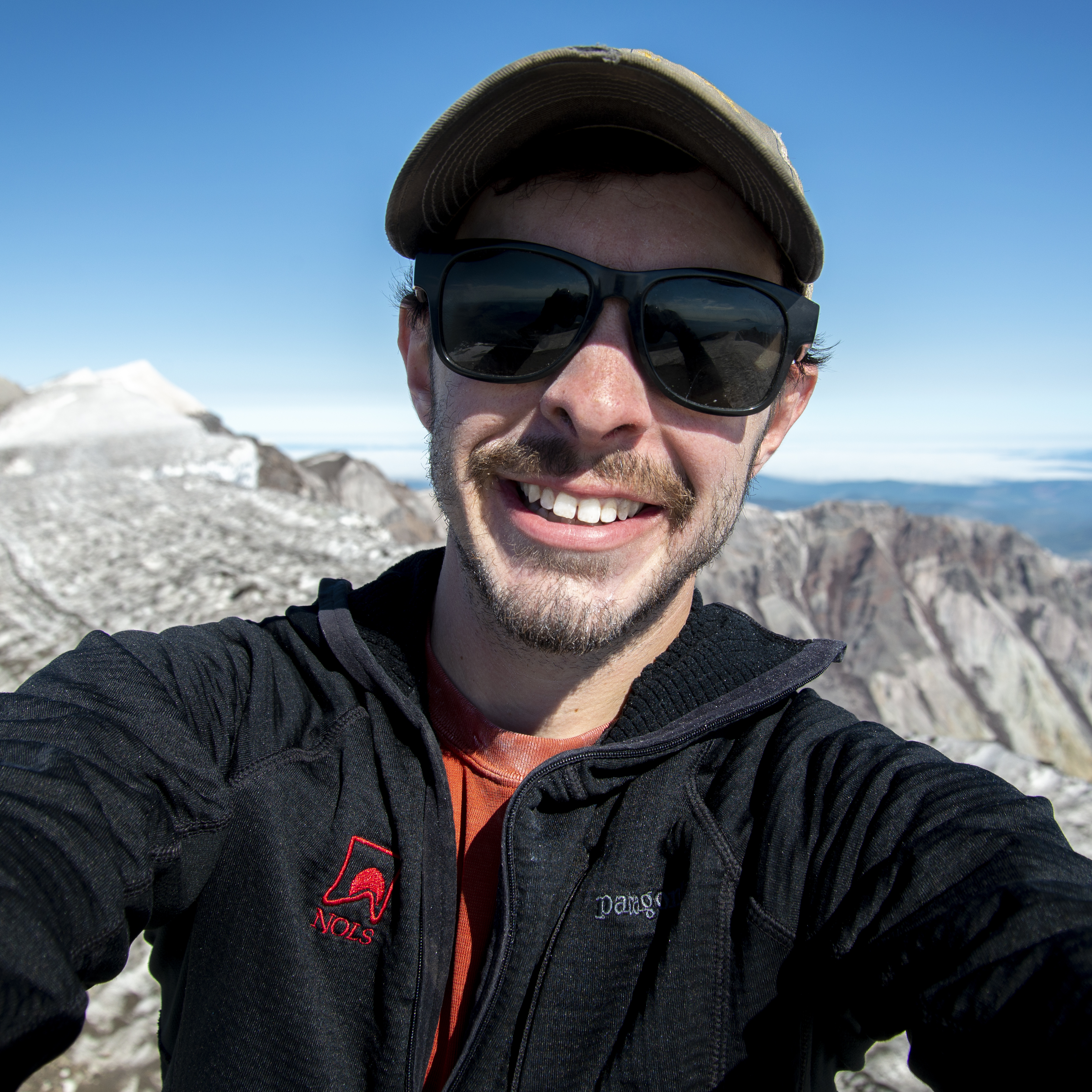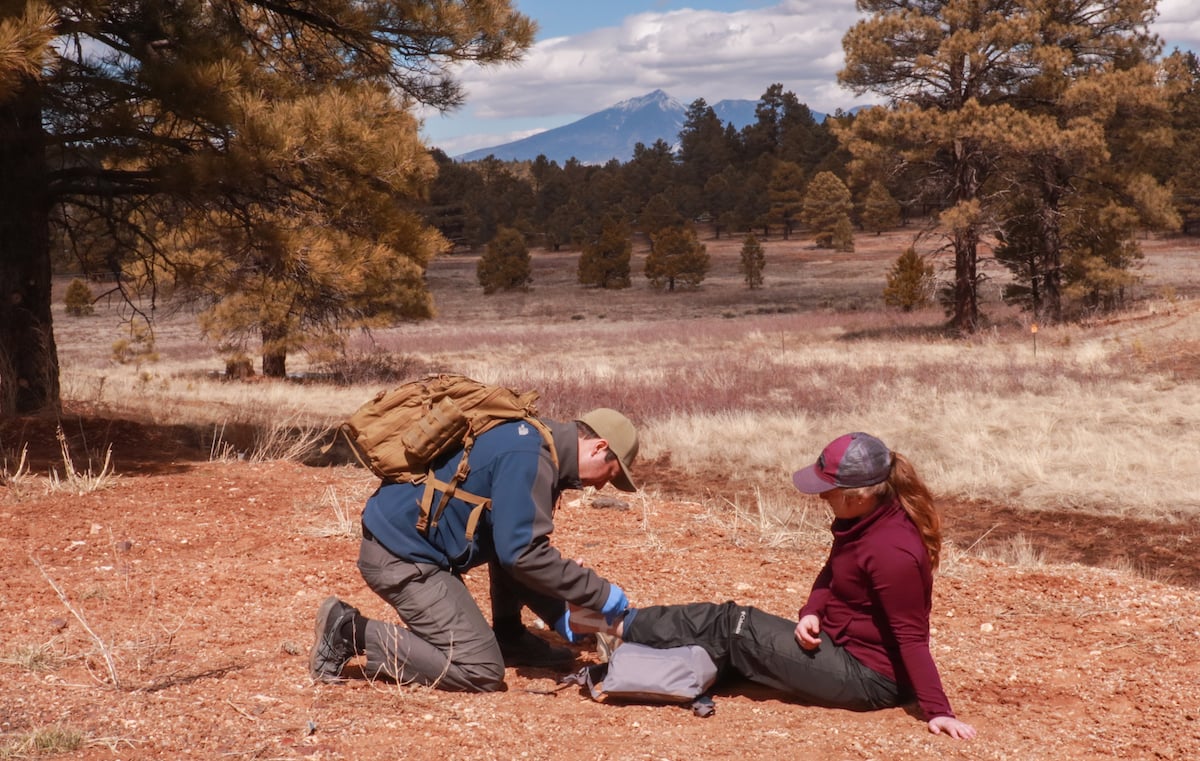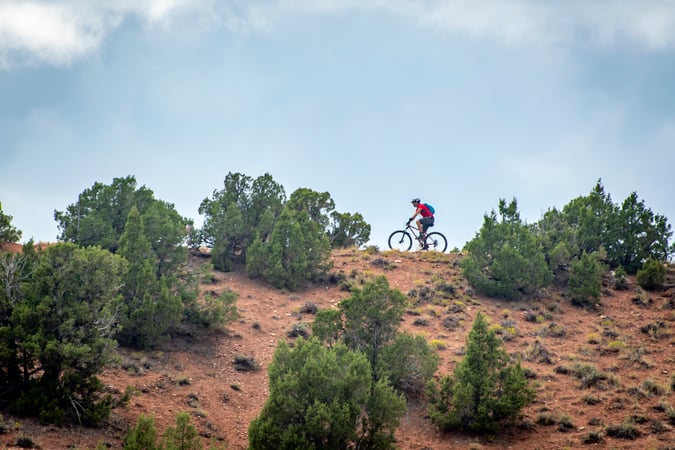
To those in the outdoor recreation community, it’s no secret that cycling of all types has seen a dramatic increase in popularity since the start of the COVID-19 Pandemic. An activity that allows people to get outside amidst the challenges of a pandemic is appealing to almost all. With more mountain bikers hitting the trails, it is as important as ever that riders are prepared for an unexpected fall with the right knowledge to step forward.
First, a note about scene safety: Anyone who’s taken a wilderness medicine course knows that as the rescuer, you’re number one! Bike trails are often high-speed environments filled with blind corners. If you can do so safely and without causing harm to yourself or your patient, moving off of the trail should be the first priority. If you can’t move off of the trail, sending a person up-trail to stop or warn other riders is advised.
That being said, here are three of the most common medical issues you may run into on the trails:
Dehydration
Dehydration is one of those common problems that sneaks up on most mountain bikers at one point or another. We’ve all had those days where, not only did we start riding much later than we wanted to, we also didn’t have enough water with breakfast. Fortunately, dehydration is easily managed when addressed early.
Signs and symptoms of dehydration include:
- Thirst
- Weakness, headache, fatigue, lightheadedness, irritability
- Dark, smelly urine (You might not be able to tell the color of your urine during a nature pee, but be aware if you smell something more pungent than usual.)
- Diminished urine output or dark urine (think of apple juice)
The best option for dehydration is prevention, which is why you should always carry water on a ride. Whether you prefer a single bottle on your bike or a full hydration bladder in a backpack, carrying water on a ride is as important as any number of tools, tubes, or your spare derailleur hanger. It’s also important to prehydrate. Being attentive to the amount of water you’re drinking before your ride is equally as important as the water you drink during your ride.
If you do find yourself getting dehydrated, it may be time to turn around and start heading back to the trailhead. Once dehydration sets it, it can be hard to recover over a short period of time, especially if you’re planning to keep exercising during that time.
If you’re dehydrated, check out these treatment principles:
- Drink water
- Find a cool, shaded place to rest
- Severe dehydration cannot be treated in the field. These patients should be taken to higher care.
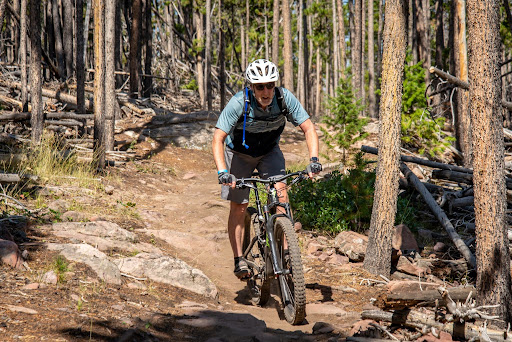
Cuts, Scrapes & Soft Tissue Wounds
Most mountain bikers have, or will at some point, experience contact between their lower leg and those pesky pedal pins. If not that, maybe their elbow collided with an untrimmed sapling on the side of the trail. More severely, a crash can result in any number and type of soft tissue wounds. Whatever the cause, cuts and scrapes are all too common in a standard bike season, and no matter how small, they deserve your attention.
When it comes to managing soft tissue wounds, there are three basic principles to follow:
- Stop the Bleeding: Most commonly, this is achieved with direct pressure. If needed, you can employ elevation and pressure dressings.
- Clean the Wound: Cleaning wounds prevents infection and promotes quicker healing. One important thing to remember with cleaning wounds, especially in the field, is the need to use clean water. Water taken from streams, ponds, etc. should always be sanitized if possible.
- Dress and Bandage the Wound: This final step is crucial, as it prevents the wound from reopening and keeps bacteria and other foreign material out. Like cleaning, we do this to prevent infection and promote healing. There is no one bandage solution that works for every open soft tissue injury, so using what clean materials you have to keep the wound covered and closed and applying an antibiotic ointment if available are your guiding principles.
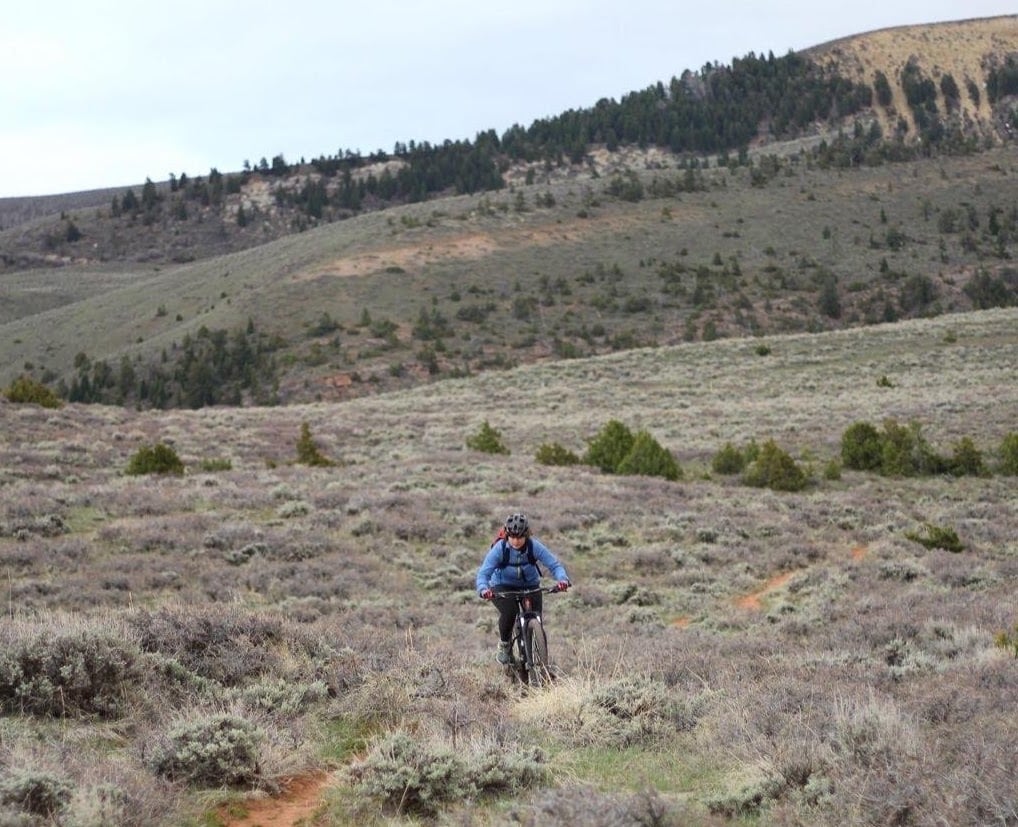
Fractures
Breaking a bone is something that no rider ever hopes to do. Prevention is key here, and knowing to both ride within your limits and how to practice the tried and true “hike-a-bike” maneuver are key tools in prevention. That being said, between the speeds that mountain bikes achieve and the exposed trails we ride, broken bones (and other major musculoskeletal injuries) do happen often enough to warrant discussion, at least as a high-level overview. There are a few basic principles to bear in mind when dealing with a suspected fracture:
- Manage any open wounds associated with the injury. See “Cuts and Scrapes” above for the details.
- Immobilize the injury. Important to the patient’s comfort as well as to prevent further injury, you should use what you have to immobilize the injury. There are a few notable qualities to a good splint:
- It effectively immobilizes the injury.
- It is well padded, and therefore comfortable for your patient.
- It is not so tight that it cuts off circulation.
- You can still access the patient’s most distal extremities (hands, fingers, feet, toes) to check for changes in CSMs.
If you don’t have all the materials to create a perfect split, working to immobilize the injury, keep the patient comfortable, and evacuate are your goals.
It’s time to head out for the day. If you or someone you are riding with suspects a bone has been broken, it’s time to hike out for the day. This seems obvious, but attempting to continue a ride with limited mobility and focus is only likely to result in further injury. Importantly, if someone in your party has a suspected broken bone and they begin to lose circulation, sensation, or motion (CSMs) in the affected extremity, you should evacuate them rapidly.Final Takeaways
Mountain biking’s explosion in popularity over the past several years is no surprise. With a bit of time and practice, it can be an incredibly fun way to get exercise, meet new people, and spend some well-needed time in the great outdoors. With many outdoor pursuits, preventing problems is much easier than managing any number of medical issues. The most important things are to have awareness of both where you’re riding and your own skills and how they intersect. Riding with a group, or at the very least on a highly trafficked trail is safer than riding completely alone.
As always though, if you plan on spending time outdoors regularly, we recommend taking in-person medical training with NOLS. If you’re going out for your own recreation or with friends, the Wilderness First Aid course may be for you. If you want a deeper dive into the subjects above or are going to be leading groups consider a Wilderness First Responder.
Happy trails!
- Leadership Skills
- Wilderness First Responder
- First Aid
- Wilderness Medicine
- Illness & Injuries
- Leadership
Written By
Jonathan Weaver
Jonathan got his start in the outdoors crawling around limestone caves in East Tennesse in high school. He spent college teaching whitewater kayaking in Western NC, moved on to sea kayaking in Alaska, but eventually found himself in Lander, Wyoming with NOLS. Now, he manages partnerships with NOLS Wilderness Medicine's high-volume course sponsors. At any given moment though, he would rather be on his bike or a pair of skis.


